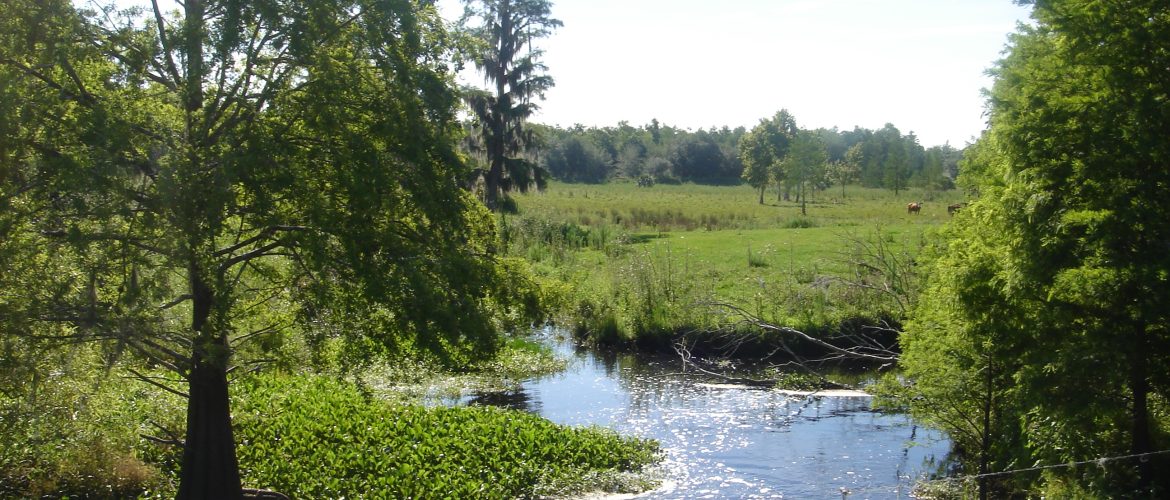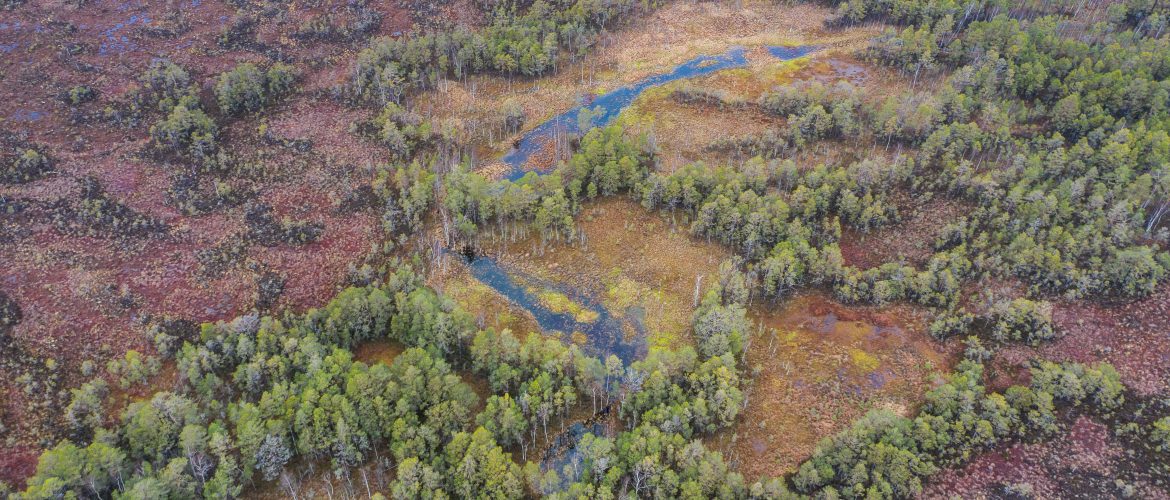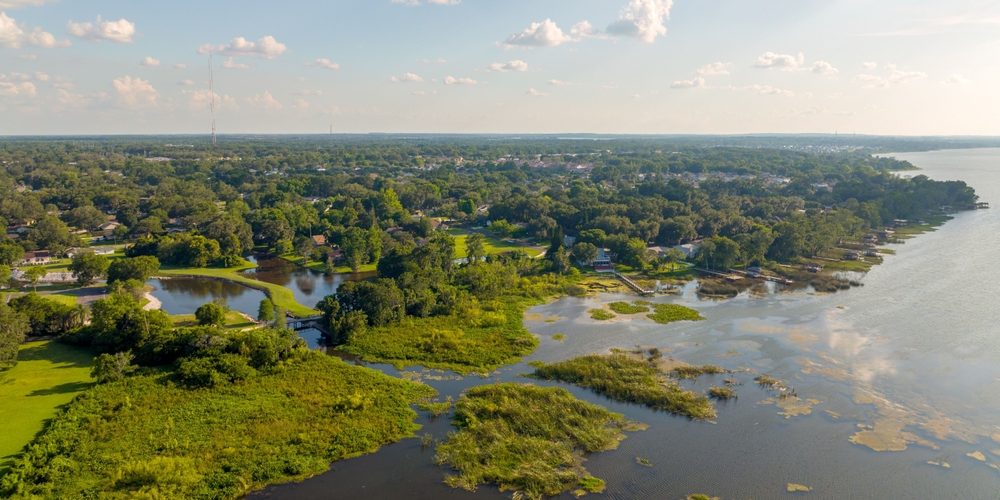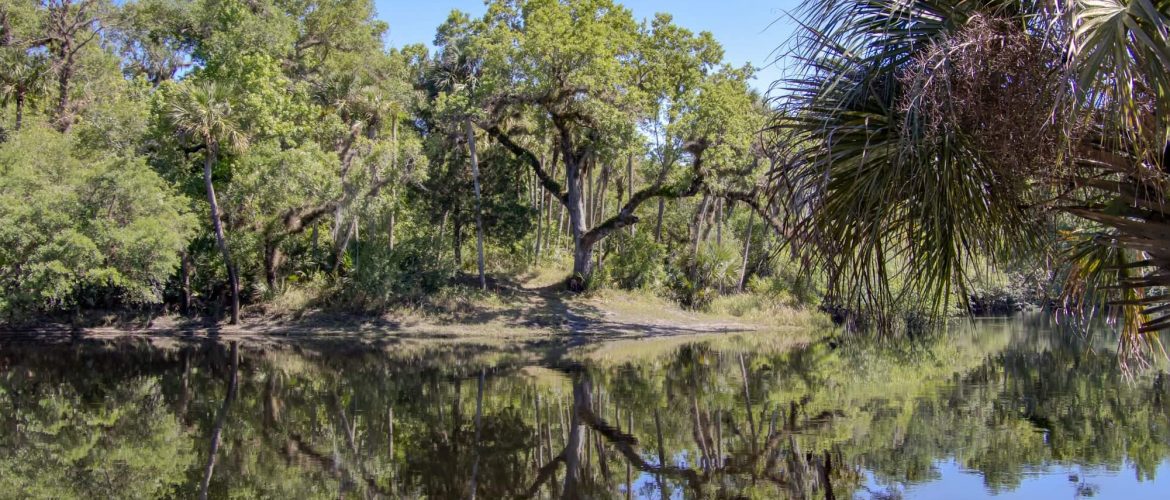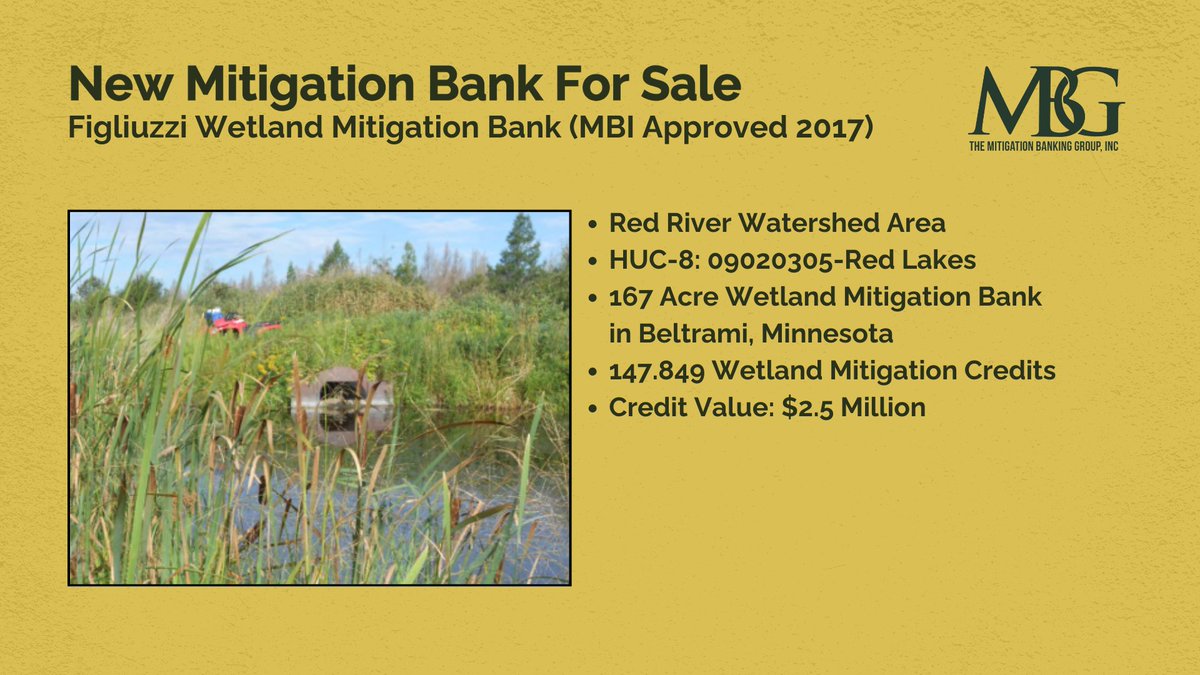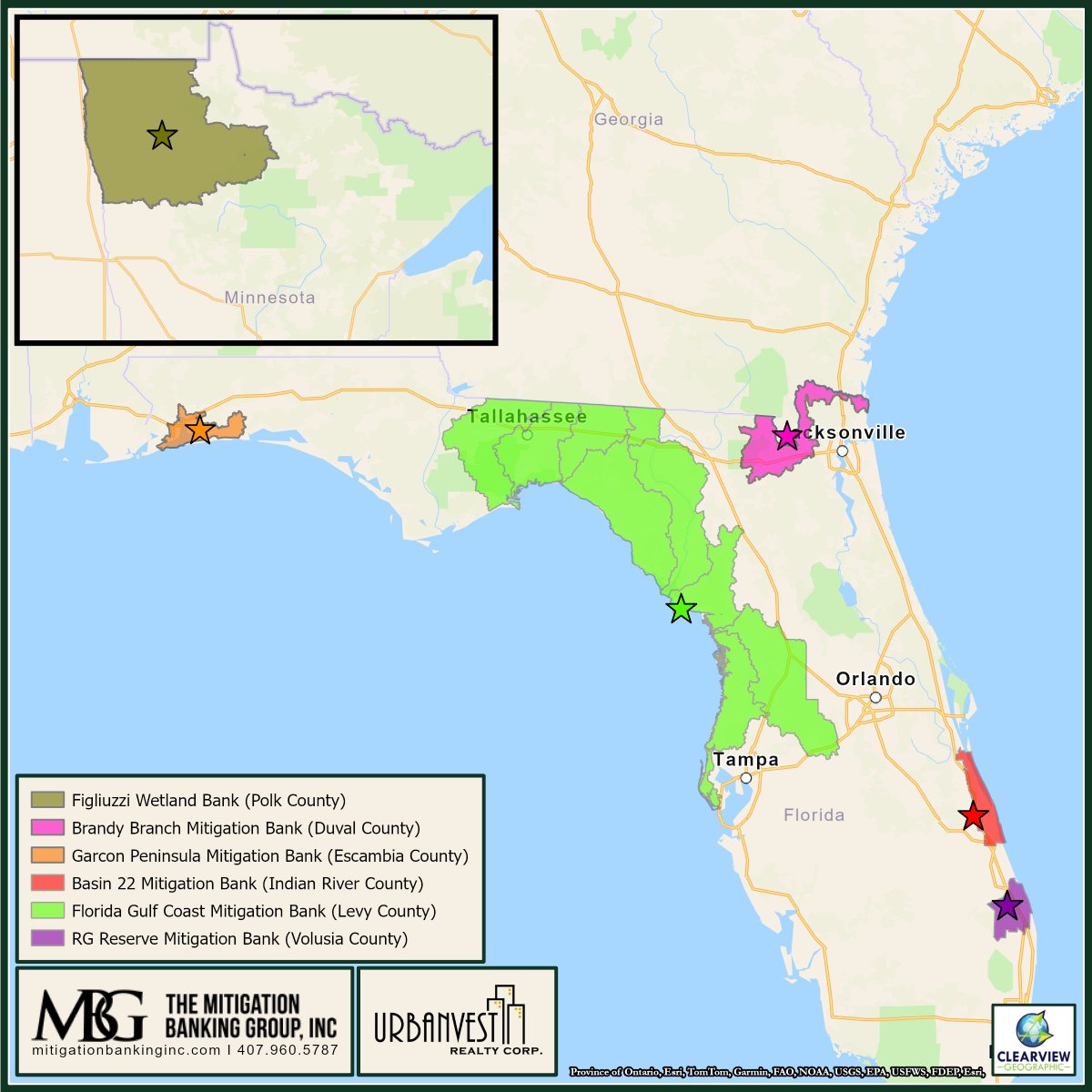Process of Determining Mitigation Credit Need Depending on the acreage/square feet to be impacted; as well as the quality of the wetland to be impacted, will determine how many credits are needed. An analysis will be performed by an environmental consultant to seek if the condition of the wetland to be disturbed is insufficient, has minimal level of support, less than optional, or fully supports wetland & surface water functions (0-10). For example, let’s say you have 1 acre of low quality
Wedgefield Florida Mitigation Credits Wetlands are within many of the parcels of the Wedgefield Neighborhood. If one is to encroach into a wetland area (dredge or fill activities), Florida Department of Environmental Protection and Orange County Permits (and mitigation credits to compensate for the functional loss) will be required for wetland impacts. Wedgefield is located in the Econ Basin, therefore, you need to purchase mitigation credits from TM Econ Mitigation Bank. Mitigation Bank pricing is approx. $125,000.00/credit. Depending on the quality (chart below)
Reserving and Purchasing Mitigation Bank Credits: A Simple and Stress-Free Guide The environmental landscape can often be complicated, but when it comes to reserving and purchasing mitigation bank credits, the process should be anything but that. With strategic planning and understanding, you can simplify this process and make it stress-free. Reservation Process: Step-by-Step Sign a Mitigation Credit Agreement: Initially, you’ll need to sign a mitigation credit agreement and provide a 10% deposit of your purchase price. Get a Reservation Letter: Next, we will issue
One Credit Does Not Equal One Acre: Calculating Mitigation Banking Credits in Florida Wetland mitigation banking credits are a valuable commodity. However, the methodology behind calculating credit amounts can be confusing and often leads to misconceptions about how many acres equal a wetland credit. This is to say nothing of how habitat credits are calculated. The calculation of credits in Florida is not a straightforward mathematical formula. The exact formula may vary based on the method and regulations
Get the Lowdown on Credit Types and Mitigation Credit Classifications Mitigation credit types refer to the type of mitigation being used, while credit classifications refer to the level of ecological value and function provided by the mitigation site. Together, these concepts help to ensure that mitigation credits are used in a way that effectively offsets the impacts of a project while also protecting and enhancing the environment. These classifications bridge the gap between the scientific and regulatory world.
Mitigation Credits Ratio/Wrap Methodology How do I assess how many mitigation credits I need with a RATIO methodology from a mitigation bank? Prior to 2005; mitigation banks were permitted with RATIO credits from the 5 Water Management Districts and the Florida Department of Environmental Protection; and E-WRAP, M-WRAP or WRAP Credits from the U.S. Army Corps of Engineers. Therefore, these mitigation banks that were permitted from 1996-2004 are assessed via RATIO; and are considered grandfathered in. Therefore, some of the new environmental consultants
How Many Wetland Mitigation Credits Do I Need to Purchase? Purchasing the correct number of wetland mitigation credits is crucial for project compliance and environmental conservation. The number of credits required is influenced by several factors, including the quality of the wetland and the size of the area impacted. Determining Credit Requirements: Wetland Quality Assessment: The quality of the wetland, based on vegetation, soil, and hydrology, plays a significant role in determining the number of credits needed. A Uniform Mitigation Bank Assessment (UMAM)
Conservation Bank Credit Ledger Q: When a developer buys mitigation or conservation credits from the mitigation/conservation bank, does he need to keep the credit in perpetuity or can he resell the credits once the negative impact is considered offset so that the conservation bank can resell it after to another who needs to mitigate for negative impacts on the environment? A: When you purchase a Conservation/Mitigation bank credit, the credit is debited from the conservation/mitigation bank ledger which is held by the
Process of Determining How Much Wetland Mitigation Credits Cost? Depending on the quality of the wetland/surface water functions will play an important factor into the price, which can range from $30,000.00- $360,000.00/Acre of Impact. Once you apply for an Environmental Resource Permit to the appropriate agencies, we will send a reservation letter showing that the credits are reserved for your project (with a signed agreement & deposit). The process takes approx. 90 days. Once the permit is issued, and the final balance has
Changes to multipurpose mitigation banks regulation in Florida: (CESAJ-RD) On December 21, 2021, the Jacksonville Florida District Corps of Army Engineers (USACE) issued updated information on the establishment of mitigation banks. This guidance called, Guidance for Establishment and Use of Multipurpose Mitigation Banks and In-Lieu Fee Programs in the Jacksonville District (CESAJ-RD), provides regulation for banks that provide ecosystem functions fulfilling the obligations of more than one program or authority at different levels of government. This guidance, directly resulting from the
- 1
- 2


